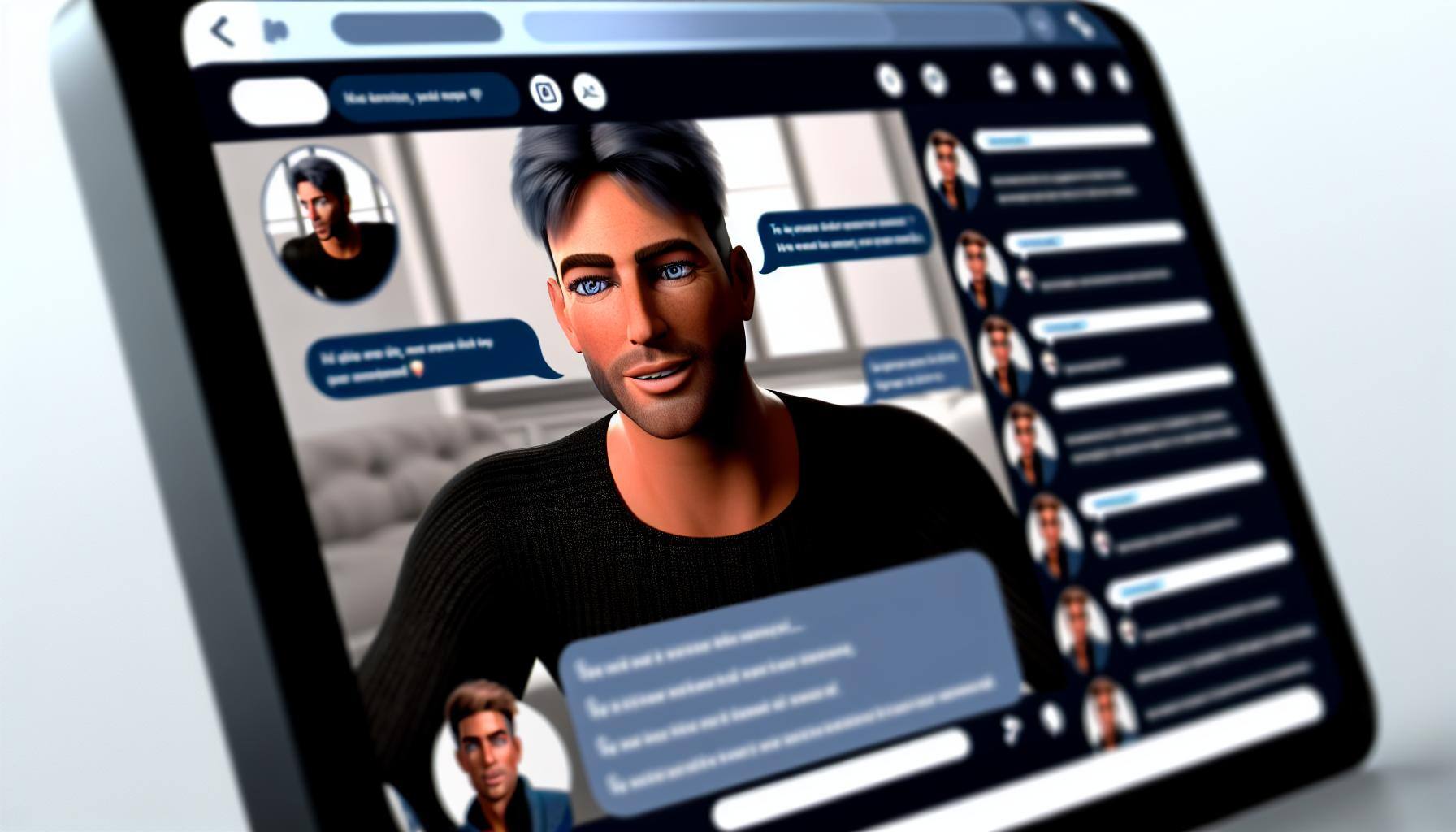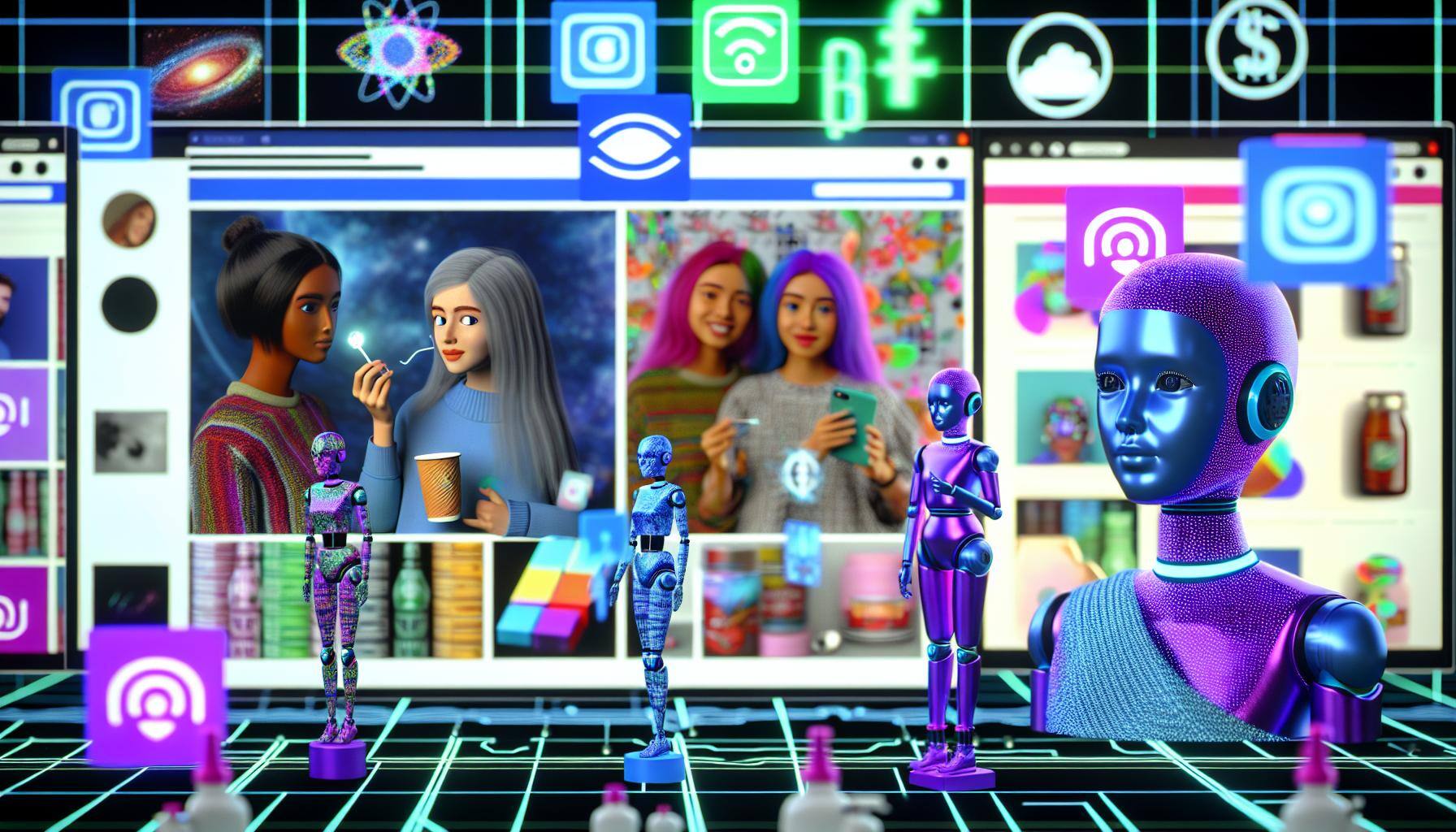3 min read
How to Create an AI Influencer
The rise of artificial intelligence (AI) has opened up new possibilities in digital marketing, including the creation of AI influencers. These...
3 min read
The Amazing Team at Virtual Marketer Max : Jul 17, 2024 11:45:00 AM
With the rapid advancements in technology, the world of influencer marketing has taken an unexpected turn with the emergence of CGI influencers. These computer-generated characters, with their flawless looks and impressive lifestyles, have captured the imagination of social media users worldwide. In this comprehensive article, we will delve into the definition, history, importance, current trends, challenges, solutions, statistics, future prospects, and the latest updates surrounding CGI influencers.
CGI influencers are virtual characters created through computer-generated imagery (CGI) technology. They possess hyperrealistic appearances, and distinct personalities, and are equipped with the ability to interact with followers on social media platforms. The concept of CGI influencers first came into the public eye in 2016 with the introduction of Lil Miquela, a half-Brazilian, half-Spanish Instagram influencer. Lil Miquela quickly gained a substantial following and paved the way for other CGI influencers to enter the digital realm.
CGI influencers have brought a fundamental shift in the influencer marketing landscape. Brands are leveraging their digital presence to enhance marketing campaigns, reach new target audiences, and foster a strong emotional connection with consumers. CGI influencers offer a unique opportunity for brands to manifest their vision and create brand ambassadors that align perfectly with their identity and values. Moreover, these virtual creations often come across as aspirational and meticulously curated, making them particularly appealing to younger demographics.
One of the prominent current trends in CGI influencers is their collaboration with real-world celebrities. By joining forces, brands can amplify their reach and generate more interest among followers. Additionally, CGI influencers are diversifying their content beyond traditional sponsored posts, engaging in animated stories, music releases, and even virtual fashion shows. However, some challenges come with the rise of CGI influencers, including the potential loss of authenticity, ethical concerns, and the question of how to measure their true impact on sales and brand perception.
To address the authenticity challenge, brands are increasingly transparent about the fact that their influencers are purely virtual entities. This way, they maintain a level of trust with their audience while still reaping the benefits of collaborating with CGI influencers. Additionally, advanced analytics tools are now available to assess the reach, engagement, and sentiment surrounding campaigns involving CGI influencers. This data helps brands better understand their return on investment and make informed decisions about future collaborations.
According to a recent report by Influencer Marketing Hub, the potential revenue generated by CGI influencers is predicted to reach $7.5 billion by 2022. This prediction reflects the growing interest from brands in utilizing CGI influencers to connect with their target markets effectively. As technology continues to evolve, so will the capabilities of CGI influencers, enabling them to offer more personalized experiences and heightened interactivity.
The CGI influencer landscape is continuously evolving, with new characters stepping into the spotlight regularly. Additionally, social media platforms are adapting their policies to accommodate these virtual influencers, ensuring they have a place in the online ecosystem. Alongside this, advancements in AI and machine learning are pushing the boundaries of what CGI influencers can do, with improved facial expressions, body movements, and even real-time responsiveness.
CGI influencers have infused the influencer marketing realm with a dose of creativity and innovation, providing brands with engaging and novel ways to connect with their audiences. As the industry evolves, overcoming challenges such as authenticity and ethical concerns will be crucial. Nonetheless, the future prospects of CGI influencers are promising, and their impact on the digital landscape is likely to endure. So, buckle up for the exciting journey into the virtual world of CGI influencers!

3 min read
The rise of artificial intelligence (AI) has opened up new possibilities in digital marketing, including the creation of AI influencers. These...

3 min read
In recent years, a new trend has emerged within the world of influencer marketing that is virtual influencers. These computer-generated personas have...

5 min read
Introduction In recent years, social media has witnessed a new breed of influencers, leveraging artificial intelligence (AI) to captivate audiences...